Introduction
Muller Kauffmann Tetrathionate Broth Base is a widely recognized medium for the selective enrichment of Salmonella spp. from foodstuffs and environmental samples. It is in compliance with ISO 6579-1 requirements. This discription explores the composition, application, and significance of this medium in microbiological testing.
Product Description
Muller Kauffmann Tetrathionate Broth Base is a basal medium tailored for detecting Salmonella spp. in food and environmental samples. It consists of enzymatic digest of casein, meat extract, sodium chloride, calcium carbonate, sodium thiosulfate, ox bile, and brilliant green, with a final pH of 8.0 ± 0.2 at 25°C. This combination ensures the growth of Salmonella spp. while inhibiting most fecal organisms. When supplemented with iodine and novobiocin, its selectivity is enhanced, making it an effective tool in food safety testing. The medium’s formulation aligns with ISO 6579-1, ensuring its reliability and effectiveness in microbiological assays.
Composition and Principle
The medium contains 8.6 g/l enzymatic digest of casein, 4.3 g/l meat extract, 2.6 g/l sodium chloride, 38.7 g/l calcium carbonate, 30.5 g/l sodium thiosulfate (anhydrous), 4.78 g/l ox bile, and 0.0096 g/l brilliant green. The enzymatic digest of casein and meat extract provide amino acids, nitrogen, carbon, vitamins, and minerals. Sodium chloride maintains osmotic balance, while calcium carbonate acts as a buffer. Sodium thiosulfate is included to produce tetrathionate after adding iodine, which facilitates the growth of Salmonella. Ox bile and brilliant green suppress the growth of non-target organisms, enhancing the medium’s selectivity.
Preparation and Application
To prepare the medium, 89.5 g of powder is suspended in 1 liter of deionized or distilled water. After boiling for complete dissolution, the medium is cooled to 45-50°C, and supplements like iodine and novobiocin are added aseptically. The medium is utilized for the selective enrichment of Salmonella by inoculating the pre-enriched sample into it and incubating at 37 ± 1°C for 18-24 hours.
Testing Procedure and Interpretation
After incubation, the presence of turbidity in the broth indicates microbial growth. Presumptive identification of Salmonella is achieved by subculturing onto selective agars like XLD Agar and Chromatic Salmonella, followed by biochemical and serological tests for confirmation.
Storage, Shelf Life, and Quality Control
The dehydrated medium should be stored at 10-30°C in a dry environment. Its shelf life is 4 years. Quality control involves testing with organisms like Salmonella Typhimurium, Escherichia coli, and Pseudomonas aeruginosa to ensure the medium’s productivity and selectivity.
Conclusion
Muller Kauffmann Tetrathionate Broth Base is a crucial medium for the detection of Salmonella in various samples. Its selective properties, adherence to ISO standards, and effectiveness in inhibiting non-target organisms make it an indispensable tool in food safety and public health laboratories.

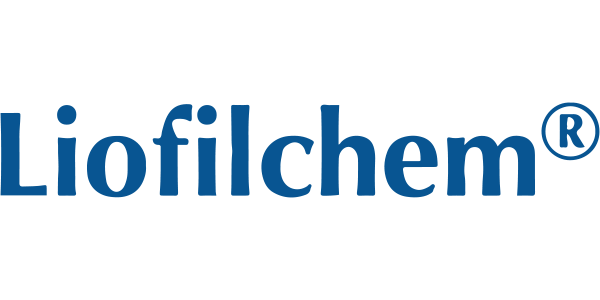
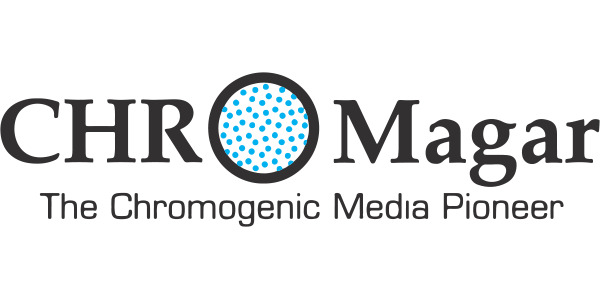
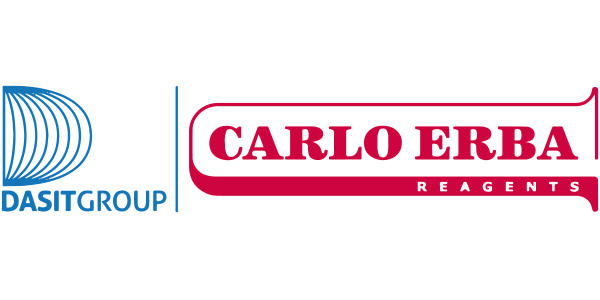


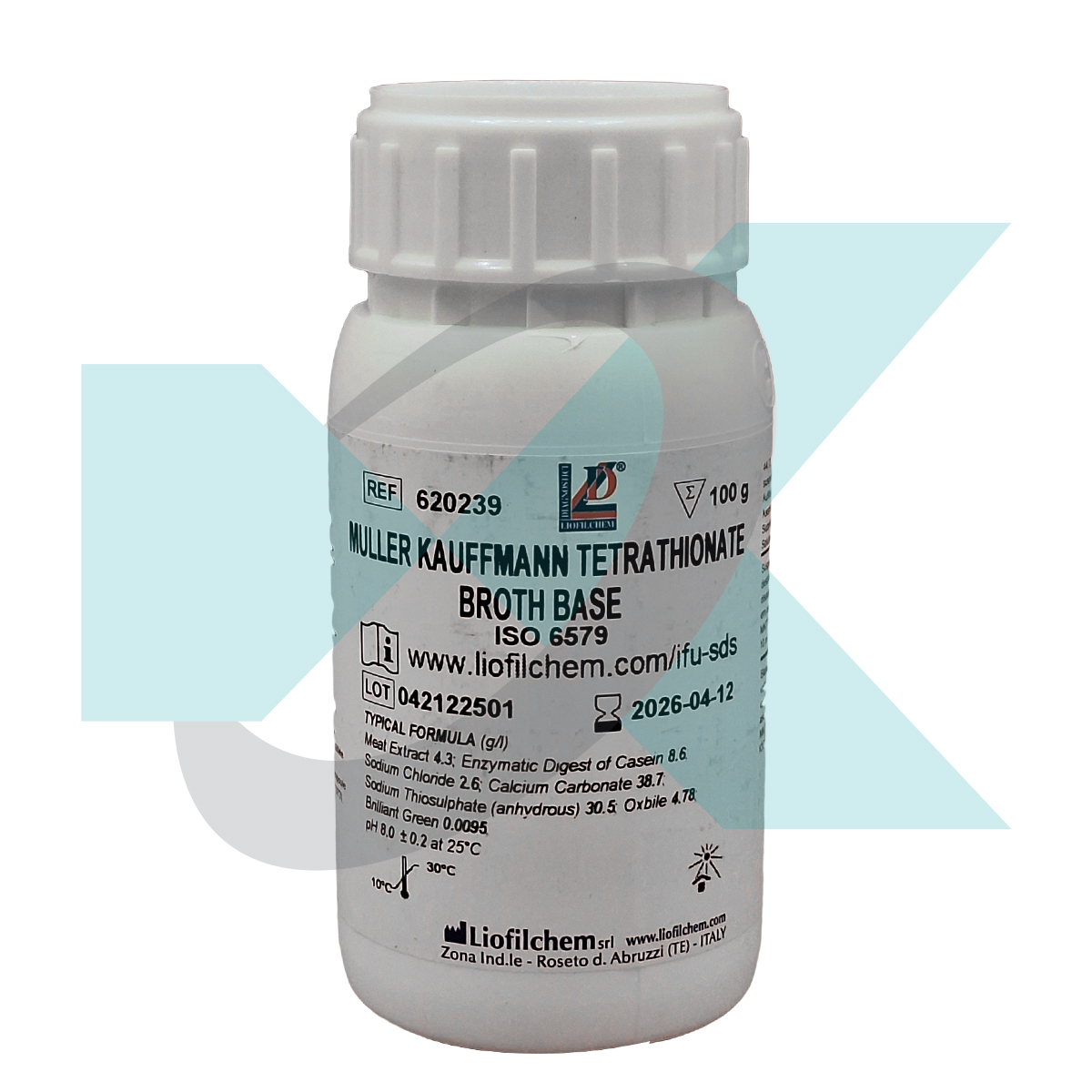
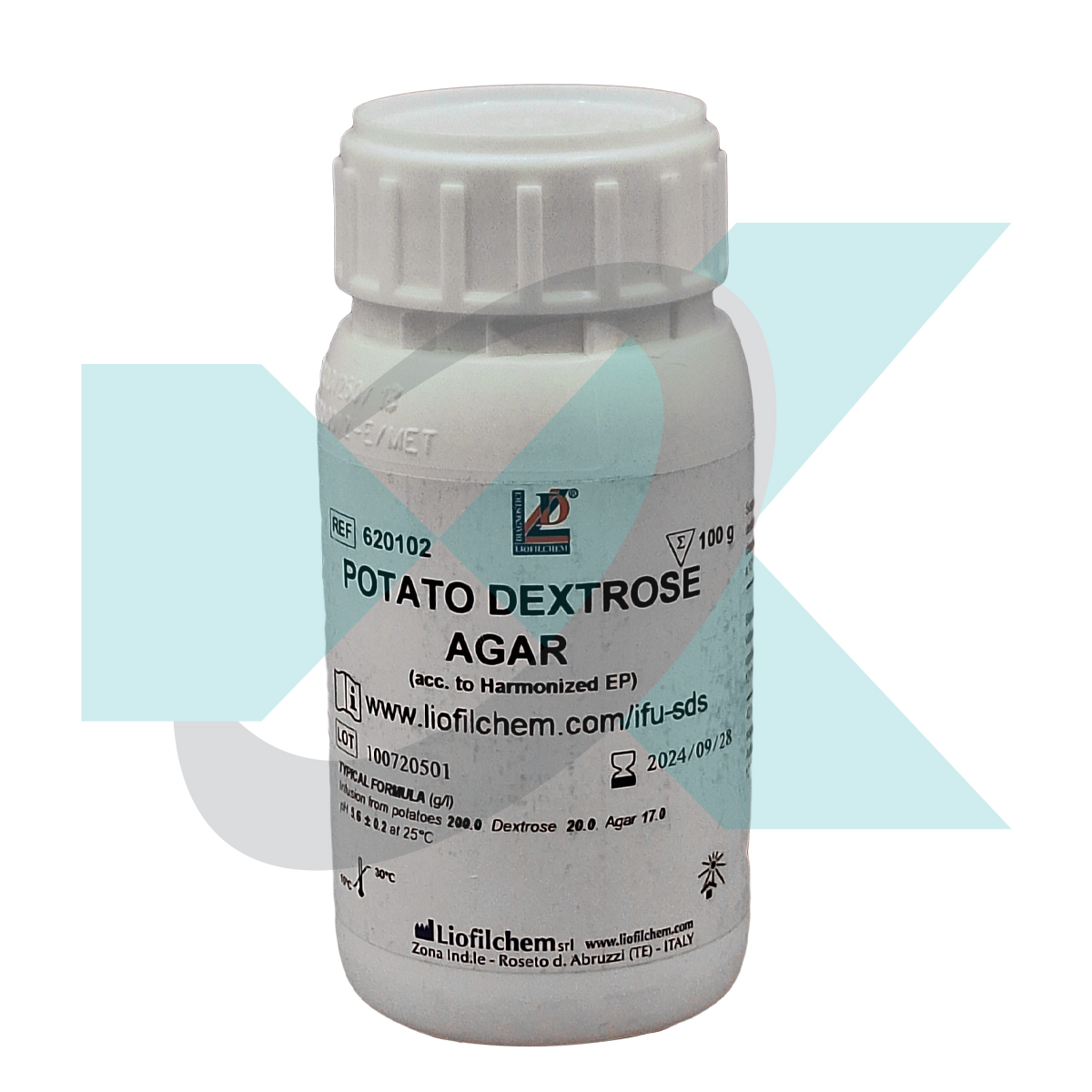
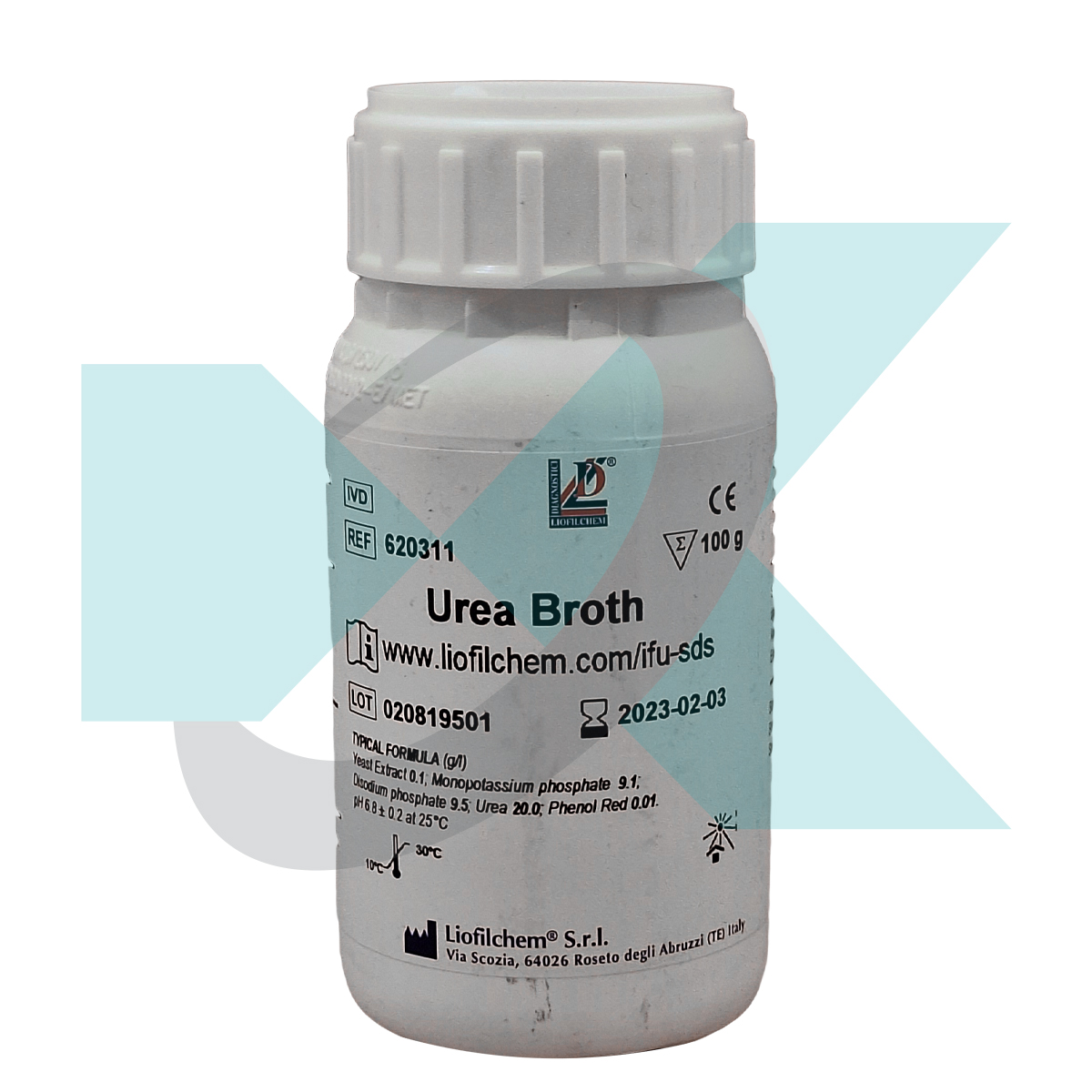
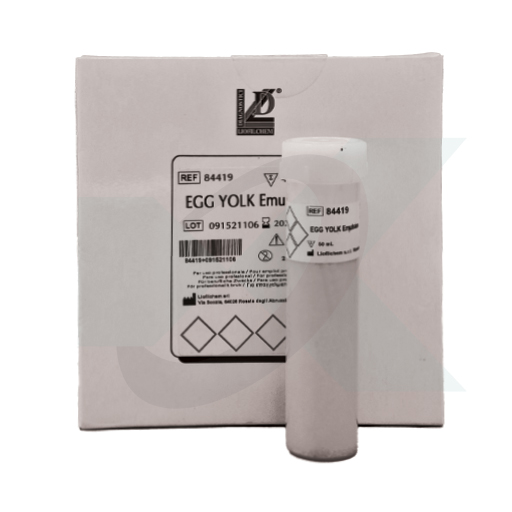
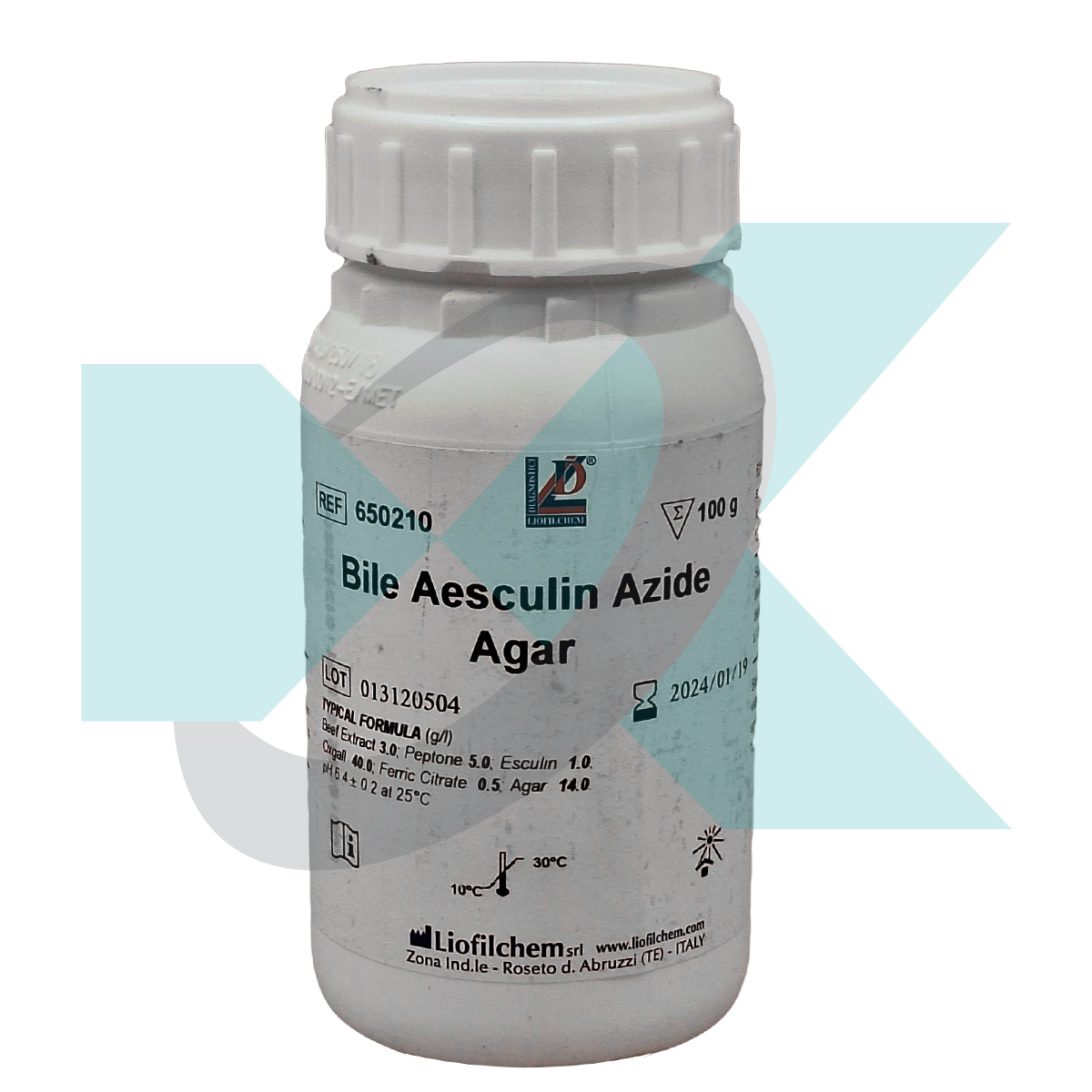
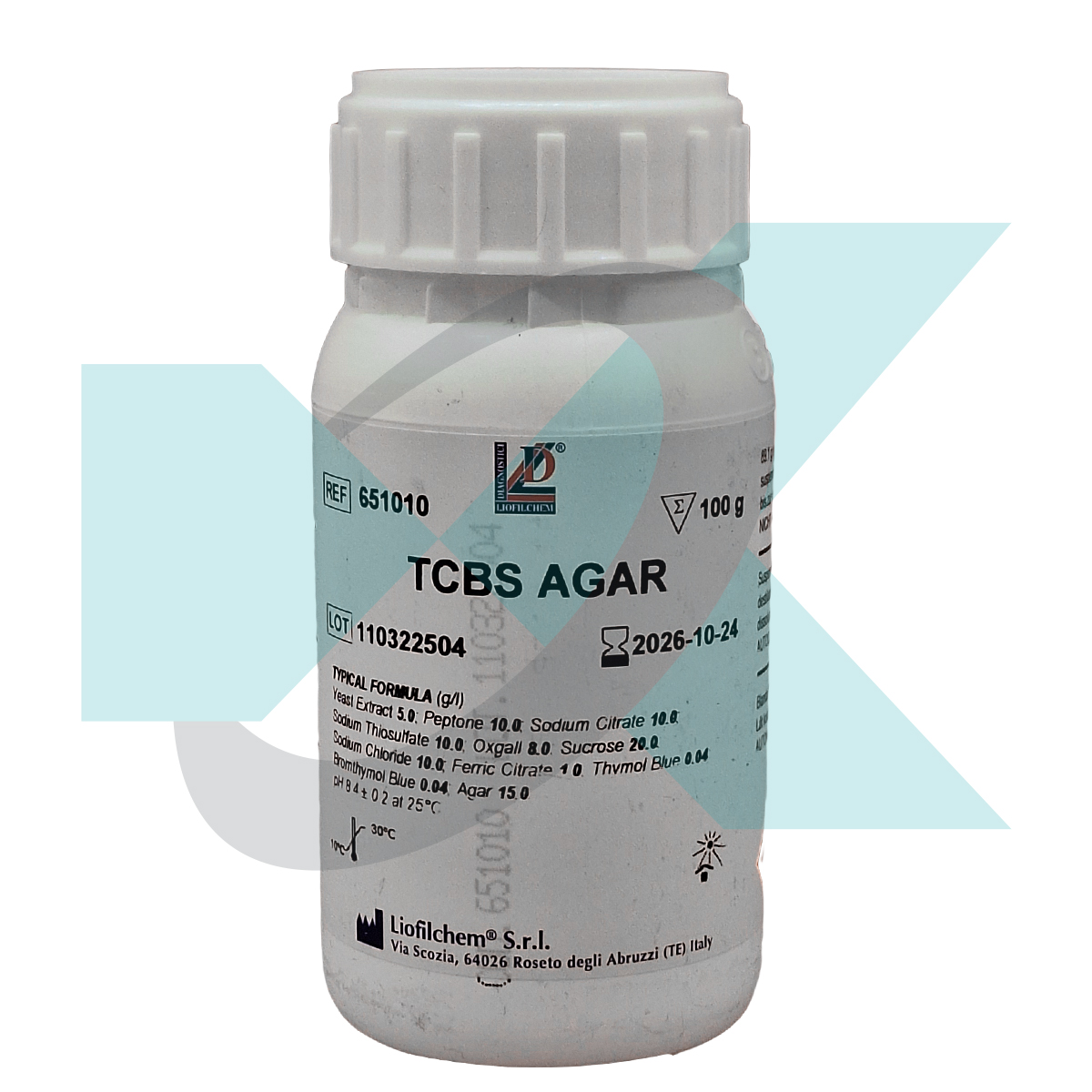
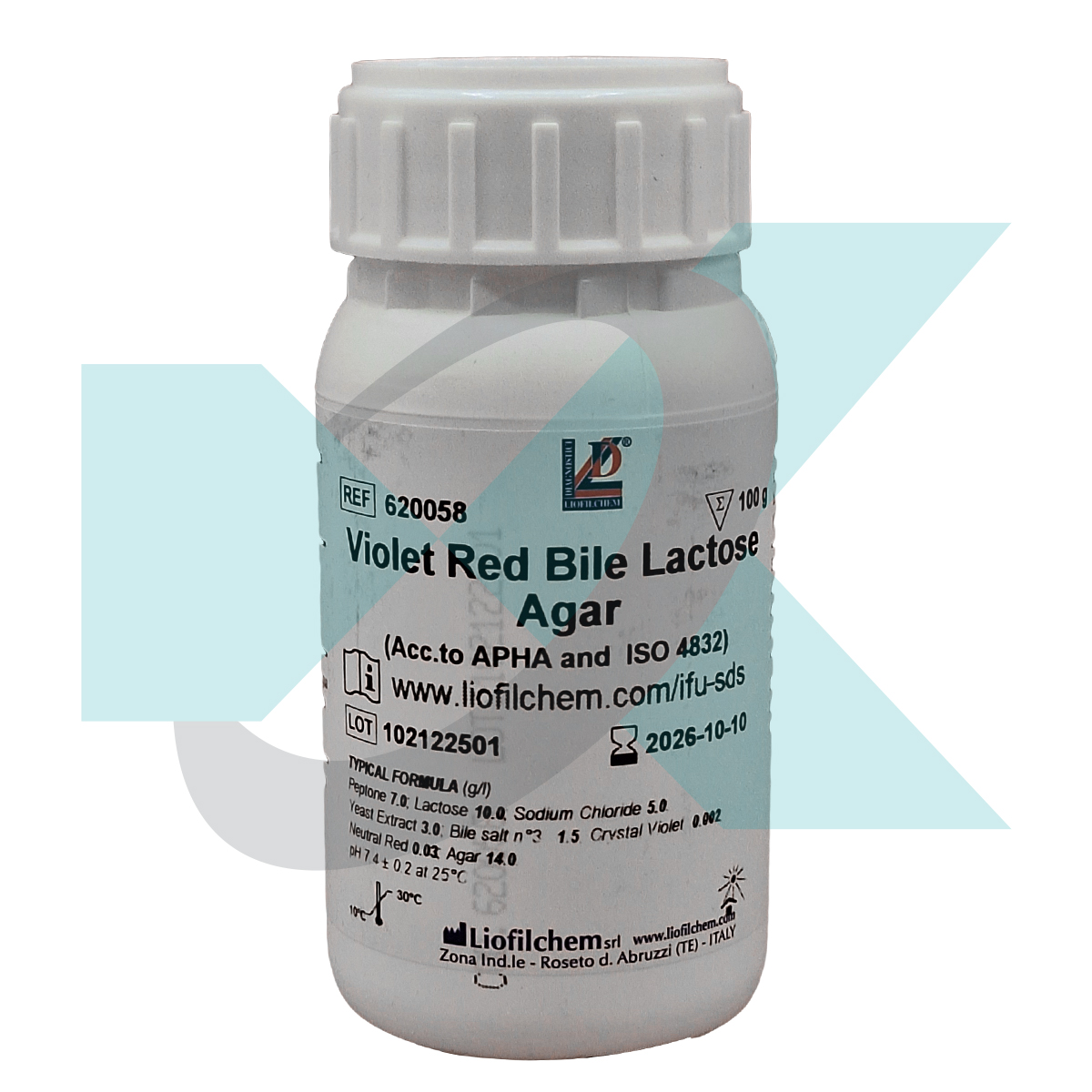
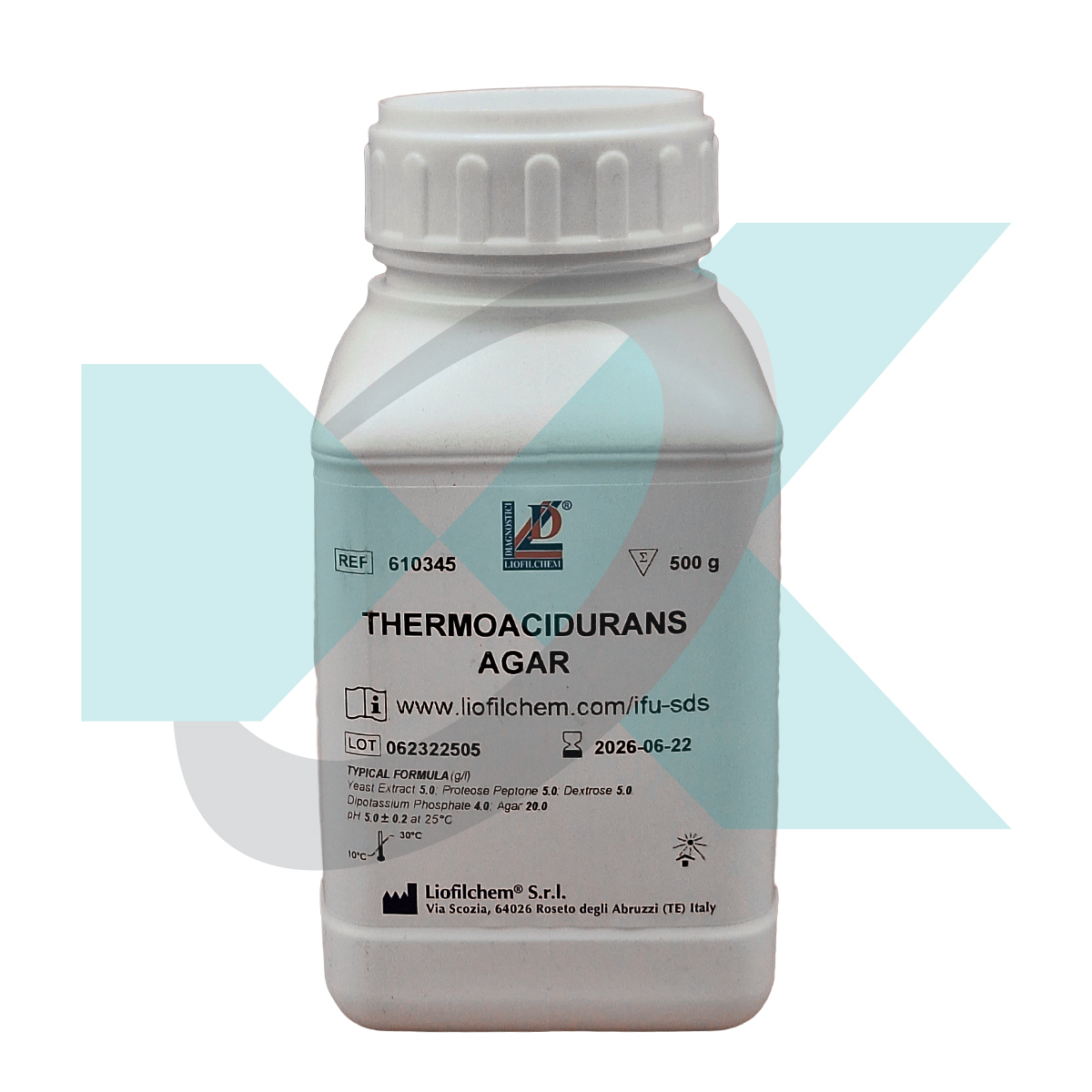
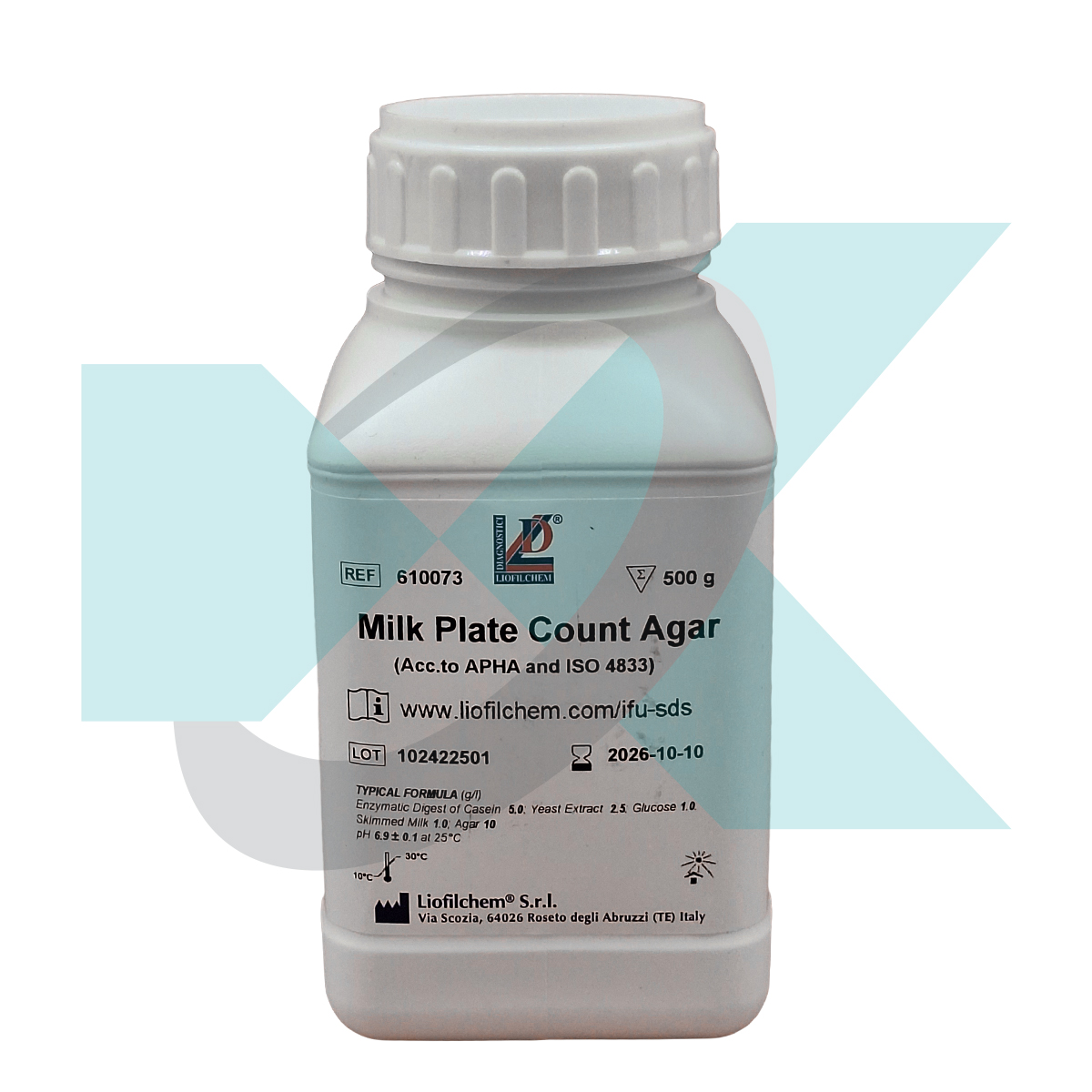
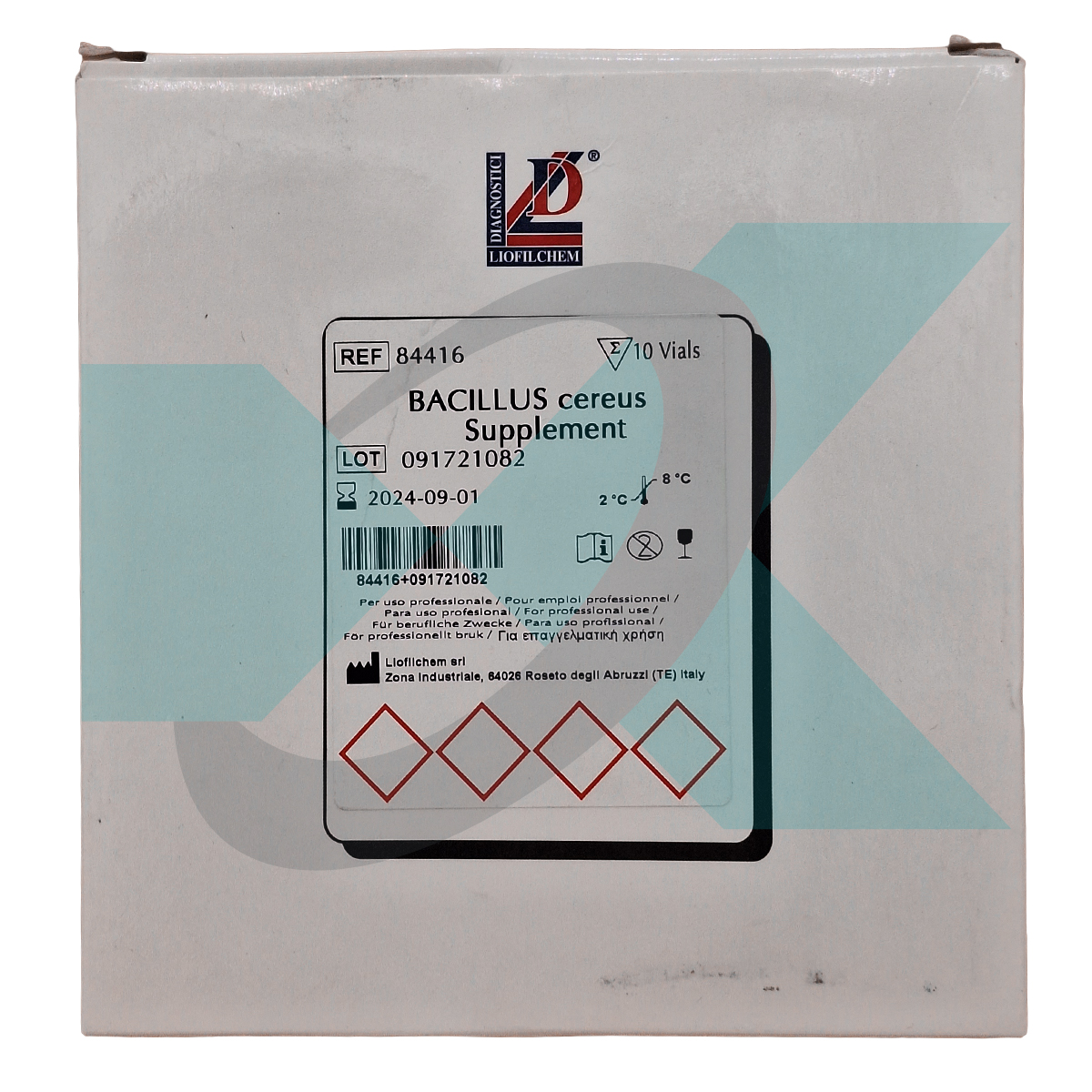
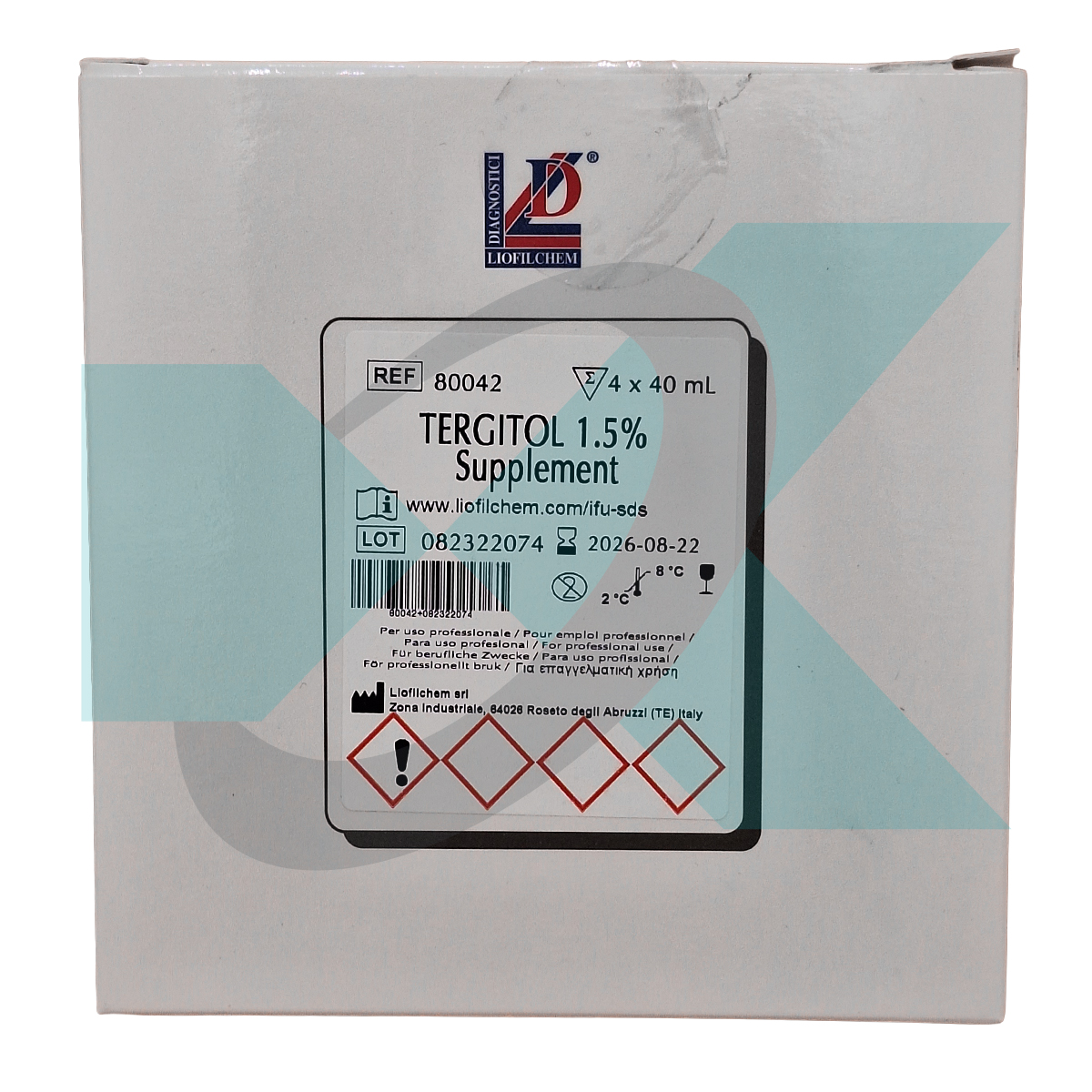

نقد و بررسیها
هنوز بررسیای ثبت نشده است.